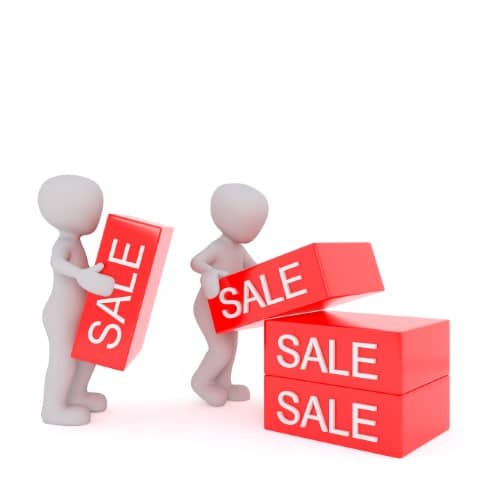Book Club #17: How to Win Friends and Influence People
 Dale Carnegie’s How to Win Friends and Influence People was the book that kickstarted the personal development genre that continues to grow every single year.
Dale Carnegie’s How to Win Friends and Influence People was the book that kickstarted the personal development genre that continues to grow every single year.
While some have attacked some of Carnegie’s methods as “forced”, its continued selling power since 1936 speaks to the timelessness of the ideas between its pages.
In this article, we’ll examine a few of our favorite ideas that are equally important in business and in our personal lives.
Smile
At the time Carnegie wrote this book he didn’t have access to the overwhelming number of studies that have been done over the years that back up his advice to simply smile.
Smiling has been shown to improve mood, lower blood pressure, create a stronger immune function and lead to pain relief, among many other astonishing effects.
Furthermore, customers don’t usually register complaints along the lines of, “So and so smiled too much” or “was in too good of a mood.” Smiling is the simplest way to indicate to someone that you’re happy to be there with them.
Become genuinely interested in other people
Sometimes we get caught up in the regularity of business transactions and fail to take the time to get to know people on a personal level. But people prefer to do business with those they know and trust, and it’s sometimes surprising how little we may know about some of our most vital and important clients. It’s a good practice to try to learn something new about clients each time you meet with them.
Be a good listener
In a world filled with digital noise, listening is becoming more and more of a lost art and requires so much more attention than it did in Carnegie’s smartphone-free era. Listening to customers is the easiest way to ensure that you not only fulfill the obvious needs but uncover the not-so-obvious ones too.
Someone’s name is the sweetest sound in any language (to them)
The great failing of many of us is to fail to listen and pay attention when people introduce themselves (see “Be a good listener”). But beyond that, those who are “good with names” weren’t given some magic pill or genetic advantage.
They use strategies like Carnegie outlines in his book, like associating the name with a funny image, repeating it back to yourself silently several times after hearing it, and then using it at least once or twice in the conversation so as to imprint it.
“Being good with names” takes work, but it’s work that is deeply appreciated and remembered, and will help you stand out in your business dealings.
Give honest appreciation
Mark Zuckerberg famously wrote a thank you note to someone each day of the year for a whole year in order to remind himself of all he was grateful for.
While you don’t necessarily have to commit to something so significant, it’s important to ask yourself – when was the last time I thanked a colleague, an employee, a vendor, or a customer?
Genuinely thanked them – taking the time to write them an email, or even better, a handwritten note, to share your appreciation? When you do it for no occasion at all it will be particularly impactful, and you will be influencing people to pass on that gratitude.

 In everything we do, often the sheer excitement of an event, experience or a purchase pushes out everything else, including good judgment.
In everything we do, often the sheer excitement of an event, experience or a purchase pushes out everything else, including good judgment.  In 2004 Dan Green was a mortgage officer. He started blogging about important trends in the industry, focusing on giving timely, relevant, non-biased advice.
In 2004 Dan Green was a mortgage officer. He started blogging about important trends in the industry, focusing on giving timely, relevant, non-biased advice.  There are so many questions you might ask yourself when thinking about becoming a business owner.
There are so many questions you might ask yourself when thinking about becoming a business owner.  We’ve already spoken about a John Warrilow book before, namely
We’ve already spoken about a John Warrilow book before, namely 